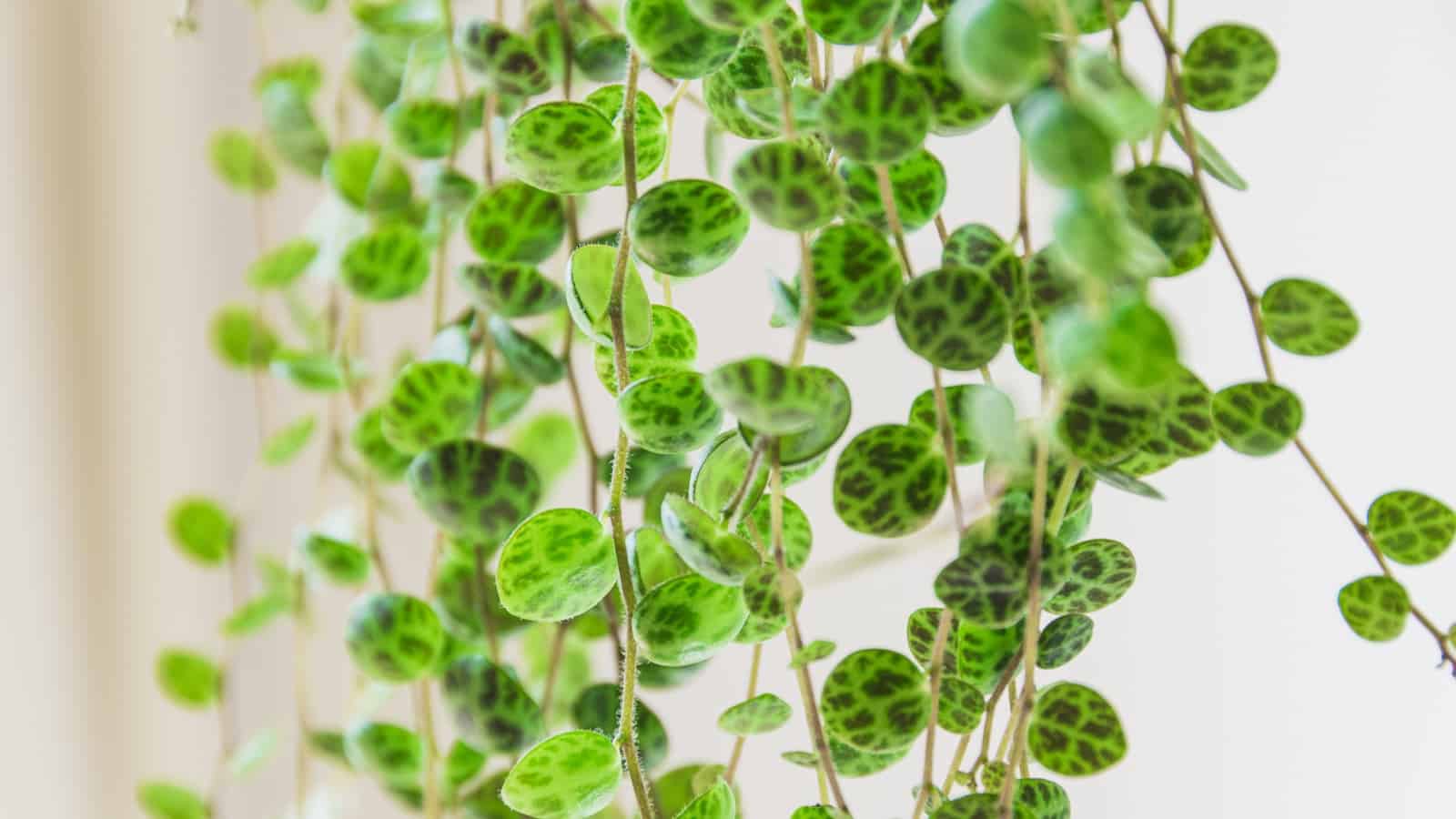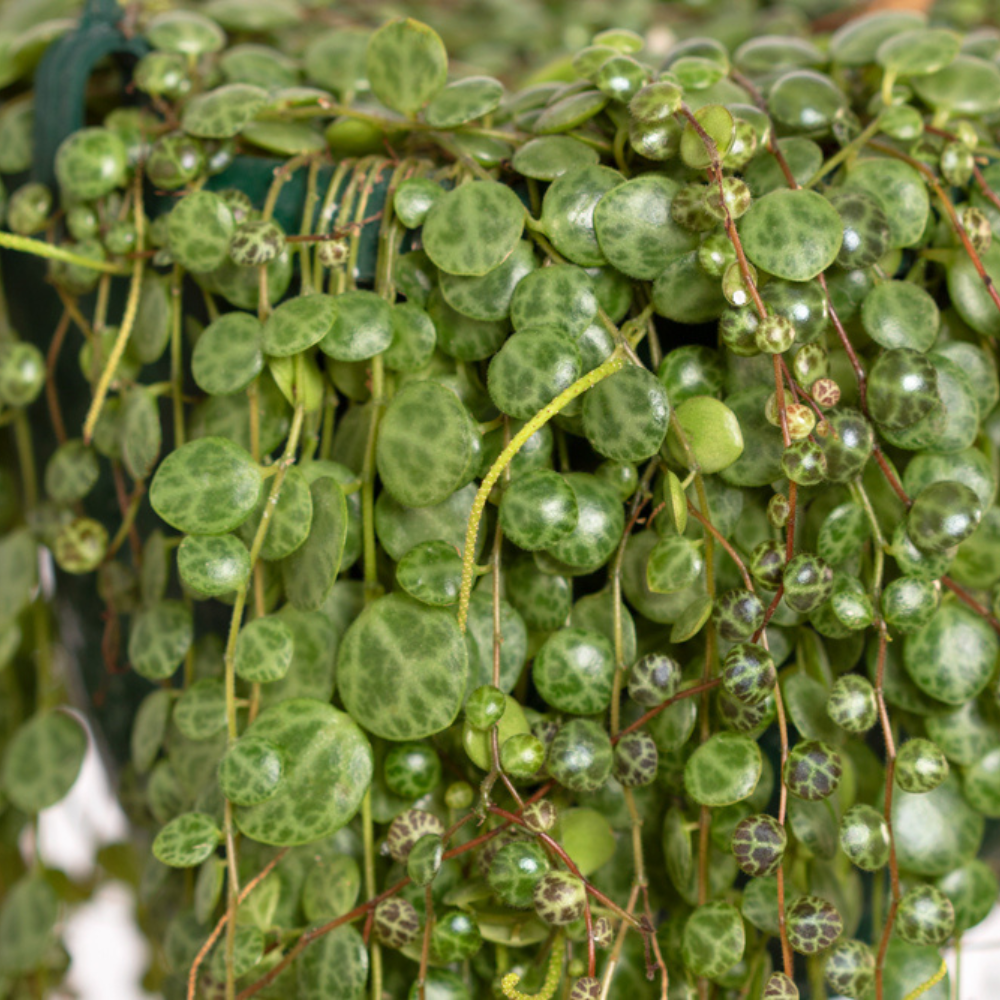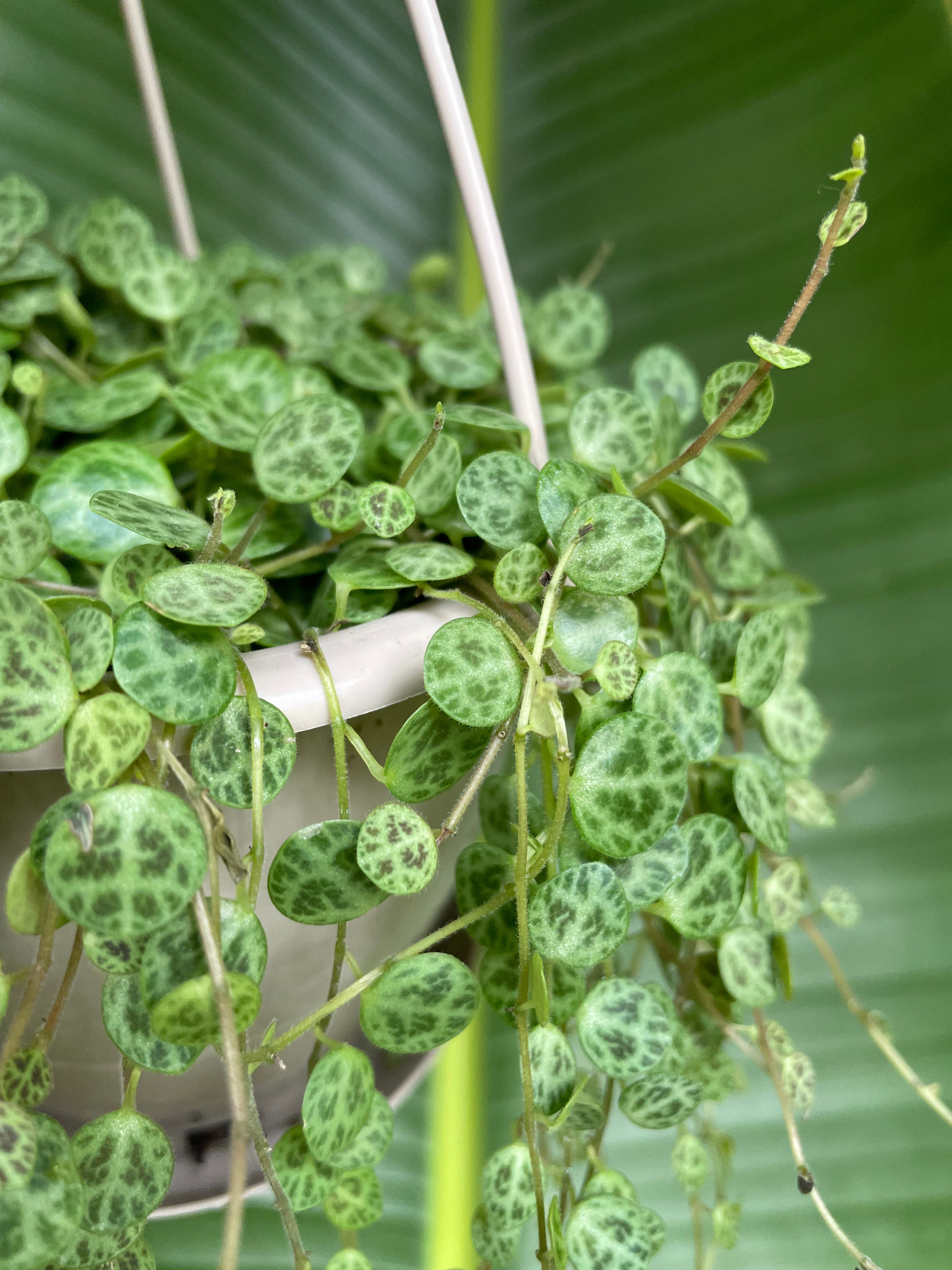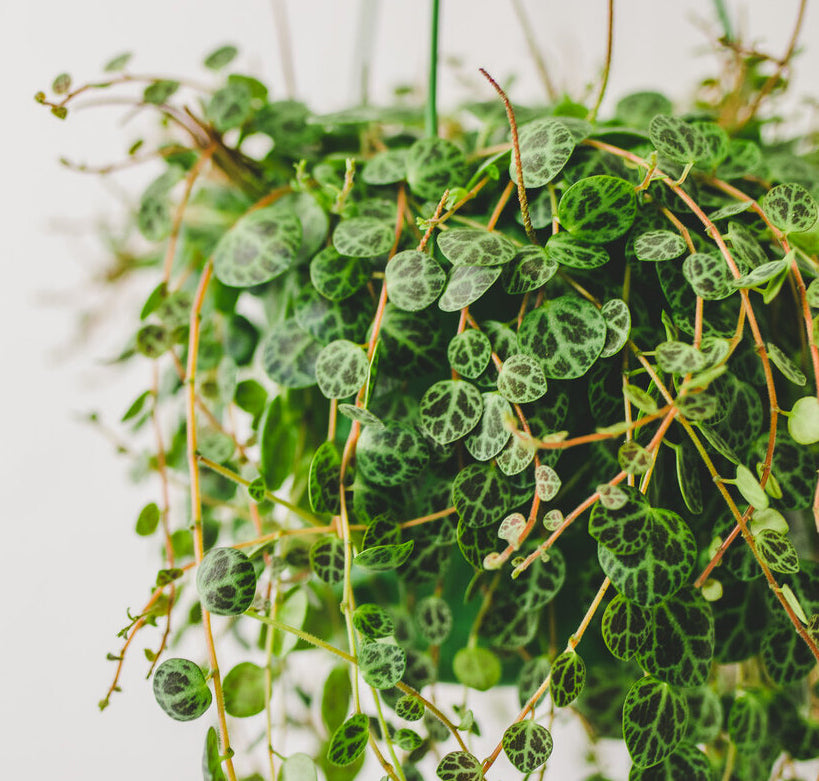Yes, String of Turtles is a type of succulent plant. It is known for its unique turtle shell-like leaves and is a popular choice for indoor gardening enthusiasts.
String of Turtles, also known as Peperomia prostrata, is a low-maintenance succulent that thrives in bright, indirect light and well-draining soil. Its trailing nature makes it a perfect choice for hanging baskets or as a trailing plant in a mixed container.
This charming succulent is native to rainforests in South America and is a great addition to any plant collection. With its striking appearance and easy care requirements, String of Turtles is a must-have for succulent lovers and makes a delightful addition to any living space.
String Of Turtles Plant
String of Turtles is a unique plant known for its distinctive turtle shell-like markings. It is categorized as a succulent due to its ability to store water in its leaves, making it low-maintenance and drought-tolerant. The plant’s charming appearance and easy care requirements make it a popular choice for indoor gardens.
The String of Turtles plant, also known as Peperomia Prostrata, is a delightful succulent that has been gaining popularity among plant enthusiasts. Its unique appearance, with small, round, patterned leaves that resemble turtle shells, makes it a captivating addition to any indoor garden.Description
The String of Turtles plant is a trailing succulent that belongs to the Peperomia family. Its small, glossy, succulent leaves are marked with intricate patterns that resemble the markings on a turtle’s shell, hence its name. These charming little leaves are arranged on long, trailing stems, giving the plant a cascading, vine-like appearance. The String of Turtles plant is native to the rainforests of Brazil and thrives in warm, humid environments.Growing Conditions
To ensure the healthy growth of the String of Turtles plant, it is essential to provide the right growing conditions. This succulent thrives in bright, indirect light, making it an ideal choice for indoor spaces. It prefers well-draining soil and should be watered sparingly, allowing the top inch of soil to dry out between waterings. Additionally, maintaining a consistent temperature between 65-75°F (18-24°C) and a relative humidity of 40-50% will promote optimal growth for this unique succulent. Overall, the String of Turtles plant is a captivating succulent that adds a touch of whimsy to any indoor garden. With the right care and attention to its growing conditions, this charming plant can thrive and bring joy to its caretaker.Succulent Or Not?
Is String of Turtles a Succulent? Let’s delve into the classification of this unique plant.
Comparison With Succulents
String of Turtles stands out from typical succulents due to its distinctive leaves.
Unlike most succulents, String of Turtles requires more humidity to thrive.
Botanical Classification
String of Turtles belongs to the Peperomia family, not the succulent family.
Its classification as a semi-succulent highlights its unique characteristics.
Care Tips
If you’re looking for a unique and low-maintenance houseplant, String of Turtles might be a perfect choice. This trailing plant is native to South Africa and is often confused with a succulent due to its fleshy leaves. However, String of Turtles is not a succulent but rather a member of the Peperomia family.
Light And Temperature Requirements
String of Turtles prefers bright, indirect light and can tolerate some direct sunlight in the morning or evening. However, too much direct sunlight can scorch its delicate leaves. This plant also thrives in temperatures between 60-80°F (16-27°C) and can suffer in extreme temperatures.
Watering
One of the essential care tips for String of Turtles is to avoid overwatering. Like most succulents, this plant stores water in its leaves and can survive periods of drought. Therefore, it’s crucial to let the soil dry out between waterings. Watering once a week during the growing season and once every two to three weeks in winter is generally sufficient. Always check the soil’s moisture level before watering, and never let the plant sit in water to avoid root rot.
Another watering tip for String of Turtles is to use room-temperature water. Cold water can shock the plant, and hot water can damage its roots. When watering, pour the water directly onto the soil and avoid getting water on the leaves to prevent fungal diseases.
Overall, String of Turtles is a low-maintenance houseplant that can bring a unique touch to your indoor garden. By following these care tips, you can help this plant thrive and enjoy its beautiful trailing leaves for years to come.

Credit: www.planetnatural.com
Propagation
When it comes to propagating String of Turtles, there are various methods and best practices that can help you successfully grow new plants. String of Turtles, also known as Peperomia prostrata, is a popular succulent with small, turtle-patterned leaves that make it a unique and attractive addition to any indoor garden. If you want to expand your collection of these charming succulents, understanding the propagation process is essential.
Methods
There are several methods you can use to propagate String of Turtles, including:
- Leaf Cuttings
- Stem Cuttings
- Division
Best Practices
When propagating String of Turtles, it is important to follow these best practices to ensure success:
- Choose healthy, mature plants for propagation
- Use well-draining soil mix for planting
- Provide indirect sunlight and consistent moisture
- Monitor for root development and new growth
Common Mistakes
Overwatering
Overwatering is a common mistake when it comes to caring for String of Turtles. These succulents are adapted to survive in arid conditions, so they are prone to rot if their roots remain too wet. To prevent overwatering, allow the soil to dry out completely between waterings. A good practice is to check the soil moisture level by sticking your finger into the soil. If it feels dry about an inch below the surface, it’s time to water. Avoid watering on a schedule and instead, let the plant’s needs guide your watering habits.
Inadequate Light
Inadequate light is another common mistake that can lead to the decline of String of Turtles succulents. These plants require bright, indirect light to thrive. Placing them in a location with insufficient light can cause them to become leggy and lose their vibrant coloration. If you notice your String of Turtles stretching or becoming pale, it’s a sign that they are not receiving enough light. Consider moving them to a brighter spot to promote healthy growth.

Credit: www.verdantlyfe.com
Benefits Of String Of Turtles
String of Turtles is a unique succulent that has become quite popular among plant enthusiasts. Apart from being visually appealing, String of Turtles offers numerous benefits that make it a worthwhile addition to any indoor or outdoor space. In this article, we will explore the various benefits of String of Turtles.
Aesthetic Appeal
One of the most significant benefits of String of Turtles is its aesthetic appeal. With its green and silver patterned leaves, this succulent adds a touch of nature and elegance to any space. Its trailing habit makes it an excellent choice for hanging baskets or as a trailing plant on a shelf or ledge. The unique shape and pattern of the leaves are sure to catch the eye of anyone who enters the room.
Air-purifying Qualities
String of Turtles is not just visually pleasing, but it also has air-purifying qualities. Like other succulents, it absorbs carbon dioxide and releases oxygen, making it an excellent choice for improving indoor air quality. In addition, String of Turtles also filters out harmful pollutants such as formaldehyde, benzene, and toluene. These pollutants are commonly found in household items such as furniture, cleaning products, and paint.
According to a NASA study, String of Turtles is one of the best air-purifying plants, making it an excellent choice for those who suffer from allergies or respiratory problems.
Low-maintenance
Another benefit of String of Turtles is that it is low-maintenance. This succulent does not require frequent watering and can thrive in various light conditions, making it an ideal choice for beginners or those who do not have much time to care for plants. String of Turtles can grow in both indoor and outdoor spaces and can tolerate drought-like conditions.
String of Turtles is also easy to propagate, making it a cost-effective way to expand your plant collection or share it with friends and family.
Final Thoughts
String of Turtles is a unique and visually appealing succulent that offers numerous benefits. Whether you are looking to improve indoor air quality or add a touch of nature to your home or office, String of Turtles is an excellent choice. Its low-maintenance requirements and air-purifying qualities make it an ideal plant for beginners and plant enthusiasts alike.

Credit: chelseagardencenter.com
Conclusion
String of Turtles is indeed a succulent plant that captivates with its unique appearance. Its cascading vines and distinctive markings make it a popular choice among plant enthusiasts. Whether you’re a beginner or seasoned gardener, adding this charming succulent to your collection can bring joy and beauty to your space.






Leave a Reply